Need help: lacquer vs. polyurethene
raged90403
19 years ago
Related Stories
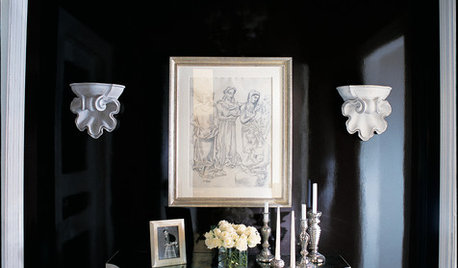
DECORATING GUIDESLacquered Walls Rise and Shine
Gleaming and glamorous, lacquered walls add irresistible polish, light and energy to interior designs
Full Story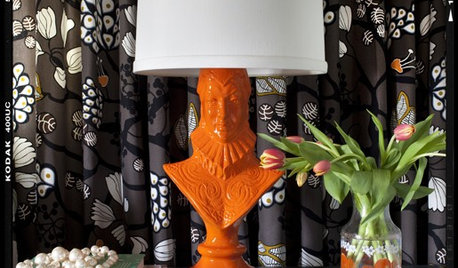
DECORATING GUIDESKeep Things Fresh With a Bright Lacquer Finish
Go From Ho-Hum to Instant Glam With a Coat or Two of Glossy, Colorful Varnish
Full Story
KITCHEN DESIGNKey Measurements to Help You Design Your Kitchen
Get the ideal kitchen setup by understanding spatial relationships, building dimensions and work zones
Full Story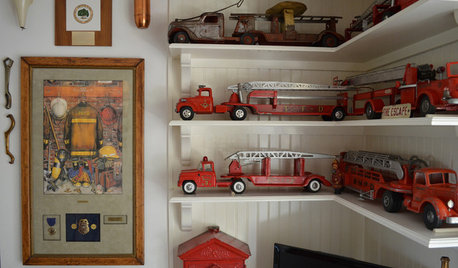
DECORATING GUIDESHouzz Call: What Home Collections Help You Feel Like a Kid Again?
Whether candy dispensers bring back sweet memories or toys take you back to childhood, we'd like to see your youthful collections
Full Story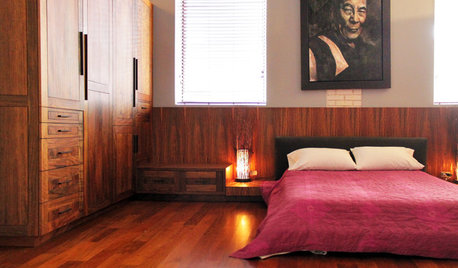
Storage Help for Small Bedrooms: Beautiful Built-ins
Squeezed for space? Consider built-in cabinets, shelves and niches that hold all you need and look great too
Full Story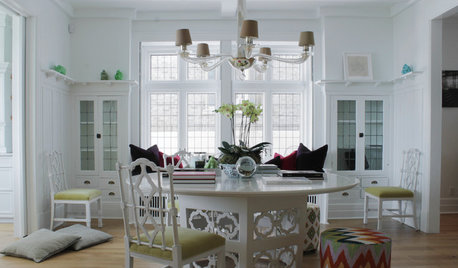
HOUZZ TOURSMy Houzz: Going White and Bright in Montreal
White lacquer and wider doorways help create an airer backdrop for colorful contemporary art in a 1910 Arts and Crafts home
Full Story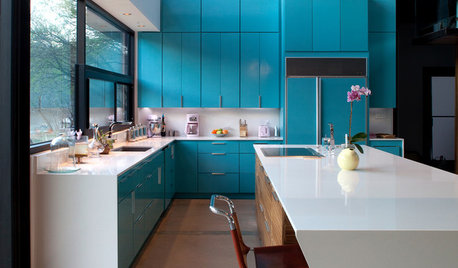
COLORFUL KITCHENSKitchen of the Week: Brilliant Blue Cabinets in a Modern Setting
Lacquered turquoise gives this Lake Austin kitchen a cheerful look without compromising the clean lines
Full Story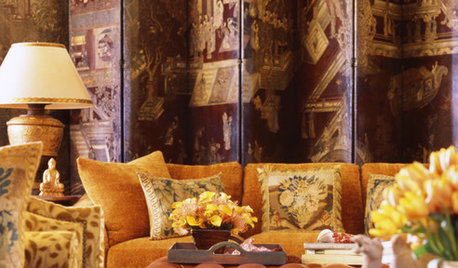
DECORATING GUIDESChinoiserie Sends Rooms on Flights of Fancy
Gilded, lacquered or delicately detailed, decor pieces with fanciful Chinese motifs convey an exotic, well-traveled spirit
Full Story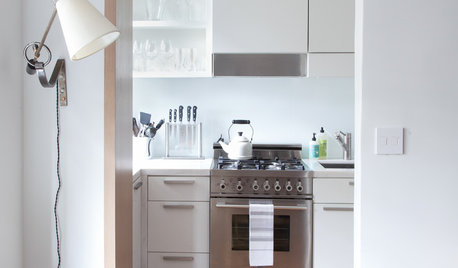
KITCHEN DESIGNKitchen of the Week: A Separate Peace for a Manhattan Studio
Savvy design tricks help a petite urban kitchen look not just separate, but visually distinct
Full Story
HOUZZ TOURSHouzz Tour: Sophisticated Manhattan Penthouse
Generous helpings of texture, rich colors and clean lines create a stunning but livable modern family home in New York
Full Story








susan6
raged90403Original Author
Related Professionals
Lackawanna Cabinets & Cabinetry · Odenton Carpenters · River Forest Carpenters · San Mateo Carpenters · Chandler Flooring Contractors · Cleveland Flooring Contractors · Golden Glades Flooring Contractors · Miami Flooring Contractors · Pepper Pike Flooring Contractors · West Haven Flooring Contractors · Whitman Flooring Contractors · Englewood Flooring Contractors · Manhattan Furniture & Accessories · Hoffman Estates Furniture & Accessories · Ridgewood Furniture & Accessoriesbrickeyee
laurieb2851
jjross
red98597
frankross